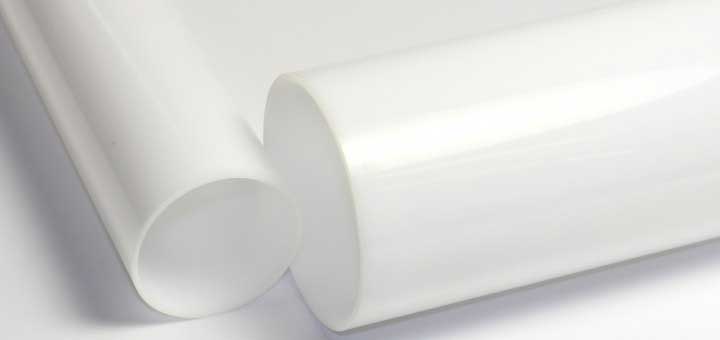From expert competitors to veggie lovers and vegetarians, a great many individuals around the globe utilize protein powder enhancements to meet their healthful needs and shading is a standout amongst the most vital components that customers think about when they look for these items.
Shading not just assumes a critical job in tactile intrigue and flavor discernment, yet shading consistency is additionally an imperative pointer of value, as consistency must be accomplished through a refined assembling process. Truth be told, undesirable shading change can be an indication of traded off item.
Tragically, numerous protein makers battle with shading consistency in their items, as elements like conflicting fixings, uneven blending, and ecological conditions can affect the shade of the powder. This is the reason you ought to altogether test the shade of your protein powder utilizing spectrophotometric shading estimation innovation. These instruments enable you to create all the more engaging items that are reliable items from cluster to clump, guaranteeing the client desires are met both in the short and long haul. By concentrating on shading quality control all through the assembling procedure, you can create powders that are as engaging as they are nutritious.
Protein powders arrive in an assortment of hues relying upon the fixings the maker employments. For instance, if a protein powder contains cocoa, it will be normally darker in shading; in like manner, powders produced using pea protein regularly have a marginally green hue.1 However, while the crude fixings in protein powder affect the shade of the item, numerous makers utilize shading added substances or blanching to accomplish steady hues and enhance visual intrigue.
One little examination discovered that a dominant part of customers lean toward protein items that seem dull (as opposed to splendid) in shading, as this influenced the item to seem more normal. This can be done using spectrophotometer. The more blunt the appearance, the higher the subjects of the investigation scored the items on their apparent level of adequacy and engaging quality; white powder seems unadulterated and free of contaminants, customers relate the shading green with wellbeing, and dim darker powders regularly seem free from unappealing fake added substances. This is the reason numerous protein powder makers by and large go for one of these three shades when they make their items.
Yet, shading can likewise have viable advantages that go past mental effect, and producers frequently fade protein powder to some extent to make it less demanding for purchasers to recognize when the powder has lapsed or oxidized. For instance, whey protein is normally yellow in shading since it gets from cheddar.






